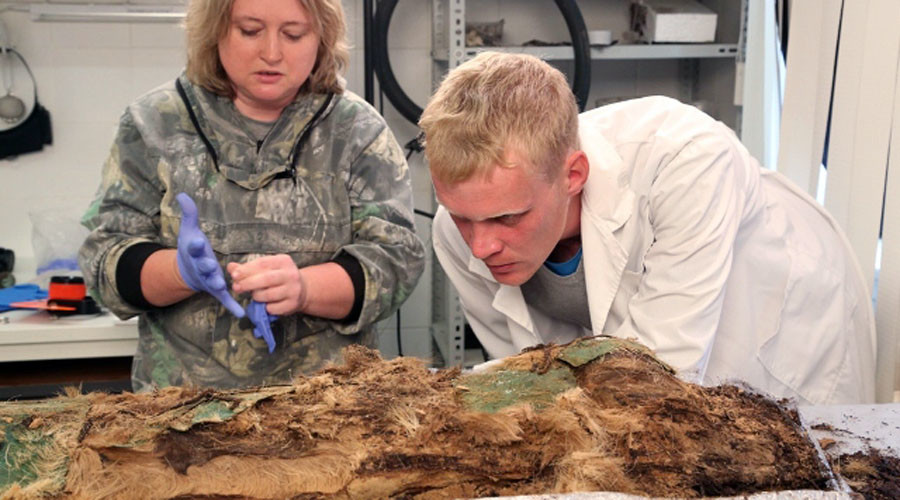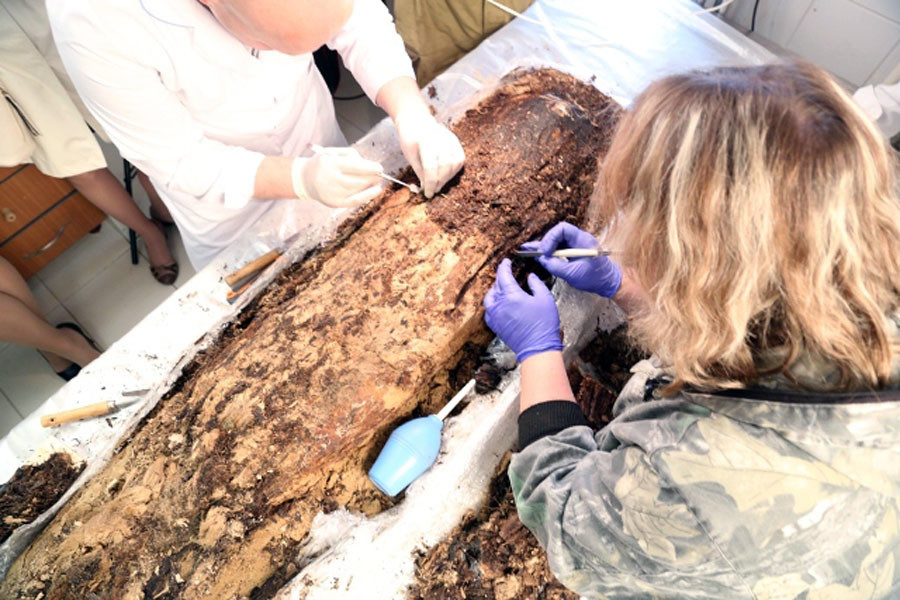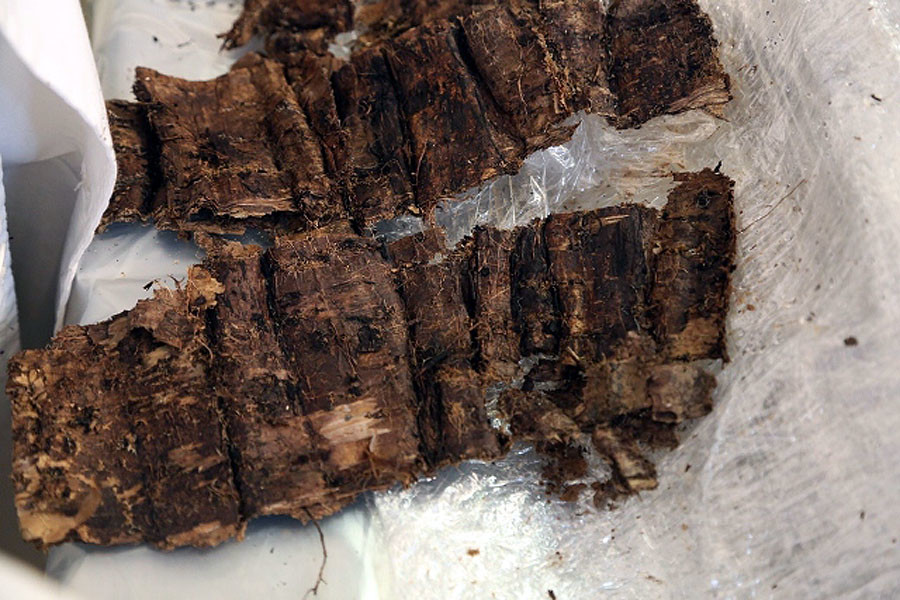OF THE
TIMES
Briefly stated, the Gell-Mann Amnesia effect is as follows. You open the newspaper to an article on some subject you know well... You read the article and see the journalist has absolutely no understanding of either the facts or the issues. Often, the article is so wrong it actually presents the story backward—reversing cause and effect...
In any case, you read with exasperation or amusement the multiple errors in a story, and then turn the page to national or international affairs, and read as if the rest of the newspaper was somehow more accurate about Palestine than the baloney you just read. You turn the page, and forget what you know.
No doubt we will soon be hearing that several Al Jazeera reporters were found to have concealed penises beneath their clothing, and were arrested...
Solved by a knitter: Solved? The Roman Dodecahedron [Link]
Most people don't recall - or have never seen or heard of - the 1993 attack on the World Trade Center. In essence, the FBI ran an operation...
"the Biden administration has appeared to soften its initial support for the Jewish state." I am wondering where in the hierarchy of the cabal is...
Describes "Socialism with Chinese Characteristics" perfectly. And the coming Beast system described in Revelation chapter 13.
To submit an article for publication, see our Submission Guidelines
Reader comments do not necessarily reflect the views of the volunteers, editors, and directors of SOTT.net or the Quantum Future Group.
Some icons on this site were created by: Afterglow, Aha-Soft, AntialiasFactory, artdesigner.lv, Artura, DailyOverview, Everaldo, GraphicsFuel, IconFactory, Iconka, IconShock, Icons-Land, i-love-icons, KDE-look.org, Klukeart, mugenb16, Map Icons Collection, PetshopBoxStudio, VisualPharm, wbeiruti, WebIconset
Powered by PikaJS 🐁 and In·Site
Original content © 2002-2024 by Sott.net/Signs of the Times. See: FAIR USE NOTICE



Reader Comments
to our Newsletter